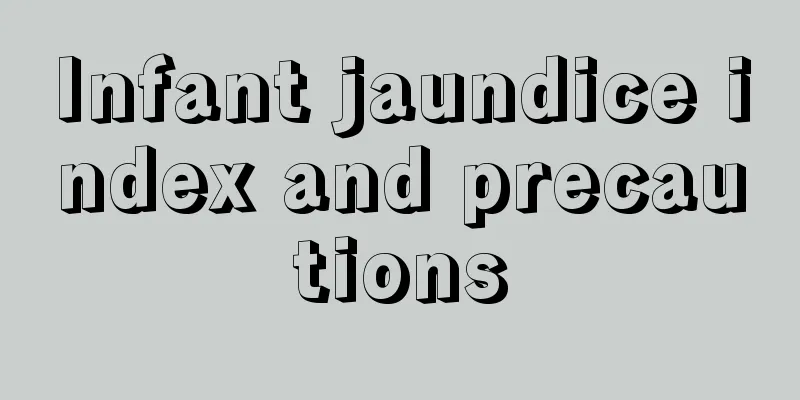Child coughing and wheezing

|
Some parents may find that their children often cough and wheeze. This is not a good sign. The clinical manifestation of pediatric bronchial asthma is breathing accompanied by wheezing and repeated coughing. Once a child is found to have such a condition, parents must pay attention, as this may be a precursor to bronchial asthma. Clinically, there is no specific onset stage for asthma and it can occur in all age groups. However, many asthmas begin in infancy, so parents must pay close attention. Asthma can be divided into three categories based on the causes of asthma: exogenous, endogenous and mixed asthma. However, it is sometimes difficult to distinguish clinically and has no guiding significance for judging the prognosis. 1. Exogenous asthma
The disease usually occurs before the age of 6 years, with a clear personal and/or family history of allergic diseases; it has obvious seasonal and regional characteristics; skin tests to inhaled allergens are often positive; and bronchial provocation tests may also be positive. The main symptoms of foreplay in older children are allergic rhinitis, without fever, continuous sneezing, clear runny nose, pale nasal mucosa, nasal secretions and end-nitrate blood both show increased eosinophils, serum IgE is also elevated, and airway hyperresponsiveness is higher than that of normal children. 2. Endogenous asthma
It was previously believed that it was more common in adult-onset asthma, with severe and stubborn symptoms, often with perennial or chronic recurring attacks, no obvious personal or family allergy history, mostly negative skin tests, and no obvious seasonality. In the past, infectious asthma was considered endogenous asthma, but in recent years, it has been confirmed that infants with recurrent wheezing due to RSV-induced bronchiolitis have specific RSV IgE in their airway secretions. 3. Mixed asthma Asthma is a complex disease caused by multiple factors. The pathogenesis is still unclear, and the currently recognized mechanisms are as follows. Onset may be acute or gradual Before infants and young children become ill, they often have an upper respiratory tract infection for 1 to 2 days, which is similar to general bronchitis. The onset of illness in older children is more acute and often occurs at night, which may be related to climate changes at night, the accumulation of more allergens such as mites and house dust indoors, and the decrease in adrenaline secretion in the blood at night. Most attacks subside gradually after a few hours to a day. In particularly severe cases, the onset of the disease may be critical asthma, or it may last for a long time, even for several days, which is called status asthmaticus. |
<<: Reasons why premature babies do not gain weight
>>: What should children eat to get better quickly if they have dampness?
Recommend
My child feels like there is something foreign in his throat.
Throat abnormalities are not only experienced by ...
This emergency treatment will not leave scars on children after burns
Because people wear very thick clothes in winter,...
Is body odor inherited by children? Authoritative experts will answer you
First of all, it is clear that body odor is compl...
What should I do if my child's teeth haven't fallen out and new teeth have grown?
Children may encounter various problems when they...
What is the reason for my baby’s low fever?
Fever means that a person's body temperature ...
What causes nose bleeds in children?
Nosebleeds in children are a relatively common ph...
How to reduce swelling and stasis after a child falls
Children are lively and active by nature. They ru...
What causes inflammation in babies?
As babies grow, many of their organs are not full...
What is the cause of comminuted fractures above the epiphyseal plate of long bones of the limbs?
There are many types of fractures. Some people in...
Hand, foot and mouth disease ev71 positive
If you are sure that your baby has hand, foot and...
Precautions for babies to eat eggs
Eggs are very common, so you can rest assured whe...
What causes memory loss in children?
Memory is very important for children, especially...
Reasons for a three-year-old baby to cough and vomit
The baby is still young and his physical quality ...
What are the medicines for children's gastrointestinal conditioning?
As we all know, children's body resistance an...
What's going on with the lumps on both sides of my child's neck?
Small bumps are a kind of skin disease that is pa...









